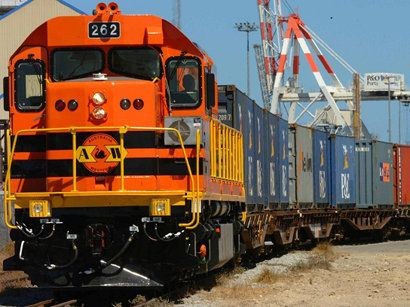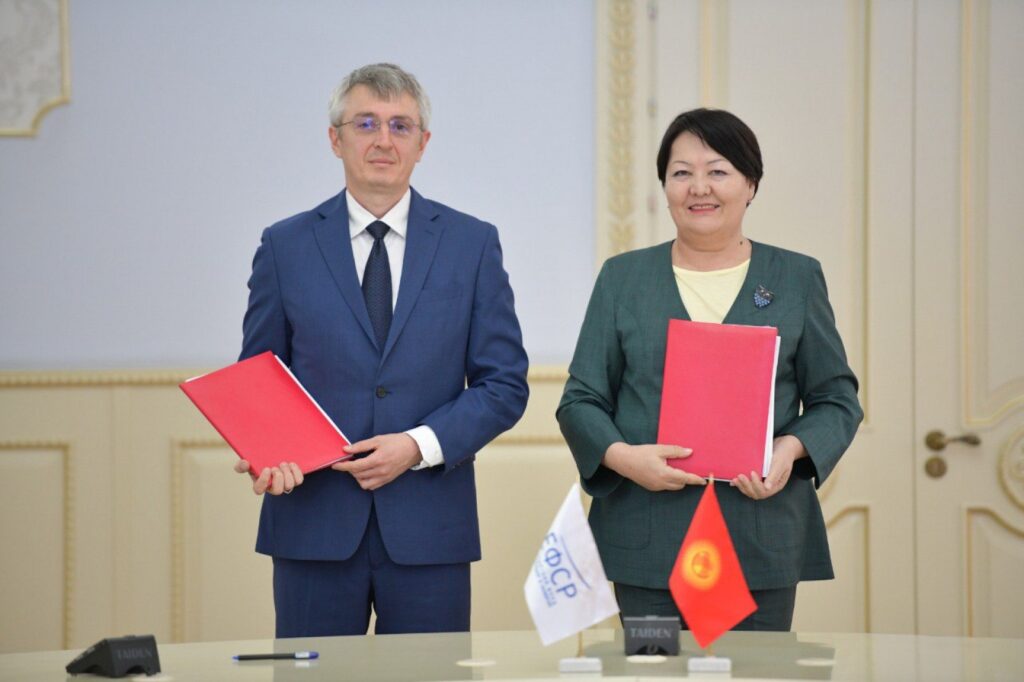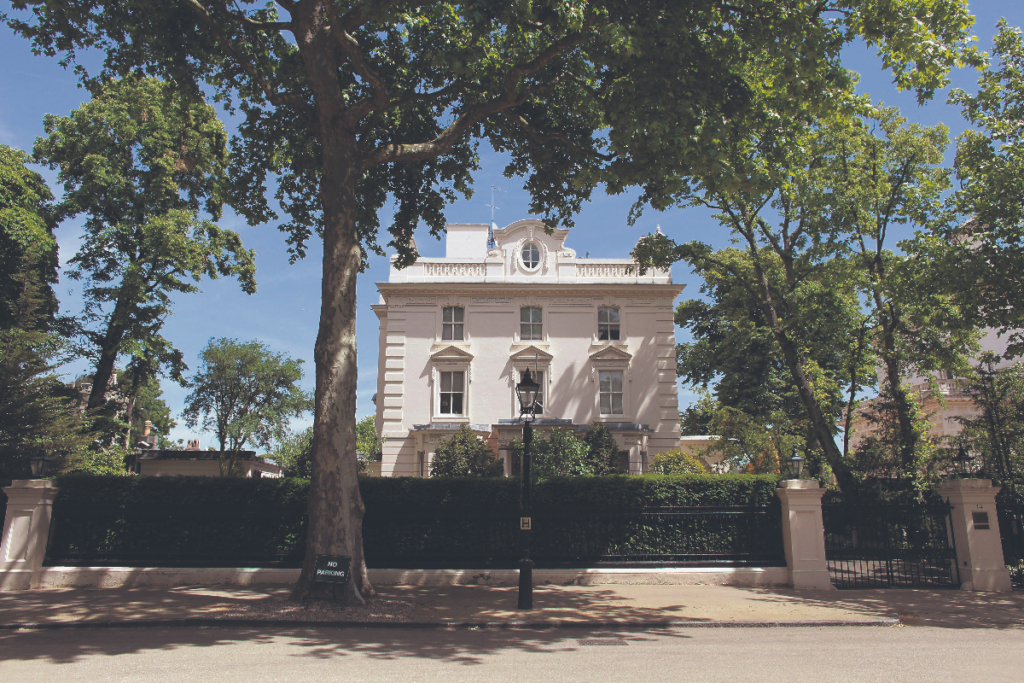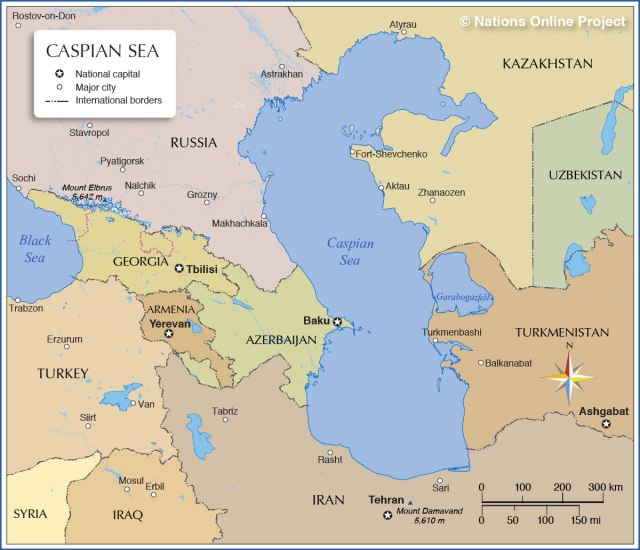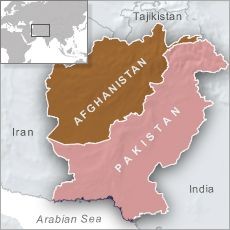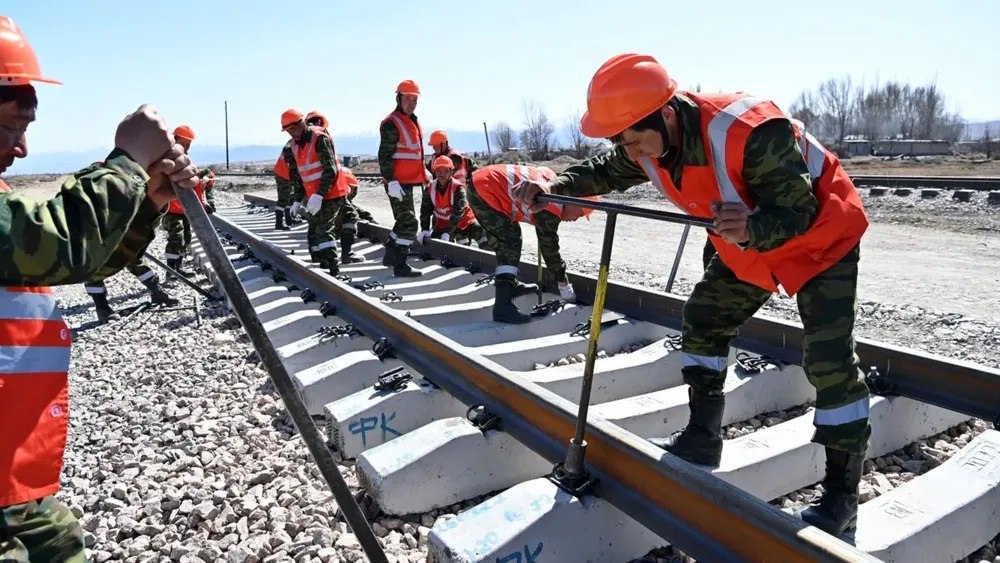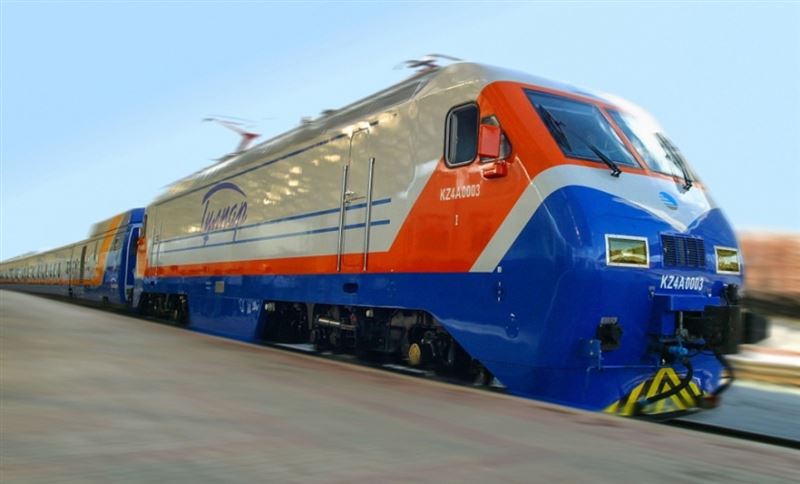ASTANA (TCA) — In the first half of 2017, transit traffic through Kazakhstan and Latvia increased by 15 percent, the head of Kazakhstan’s national railways company Kazakhstan Temir Zholy (KTZ) Kanat Alpysbaev said at the international conference “Prospects of global transport communication. Eurasian potential”, held in Astana on July 10, KTZ’s press office reported.
The conference was attended by the President of Latvia Raimonds Vejonis, who was on an official visit to Kazakhstan.
Speaking at the conference, Alpysbaev emphasized the role of special economic zone (SEZ) Khorgos – Eastern Gates on the Kazakh-Chinese border and Kazakhstan’s Aktau and Kuryk ports on the Caspian Sea coast as the basis for the emerging Eurasian transport system.
Kazakhstan and Latvia have a positive experience of partnership in the transit and transport sphere. Since 2002, container trains Baltika Transit have run. In May-June of this year, two pilot trains from Germany to China via Latvia were launched.
At the same time, Kazakhstan is taking measures to improve the throughput of transit and multimodal infrastructure, as well as to eliminate all non-physical barriers to improve the competitiveness of routes, including through the Baltic ports.
Noting the great potential of the transport and logistics complex in Latvia, Alpysbaev suggested that the Latvian side take an active part in the development of the SEZ Khorgos – Eastern Gates, in the formation of a multimodal port tariff policy, and in the improvement of services to attract customers to transit routes through Kazakhstan and Latvia.
